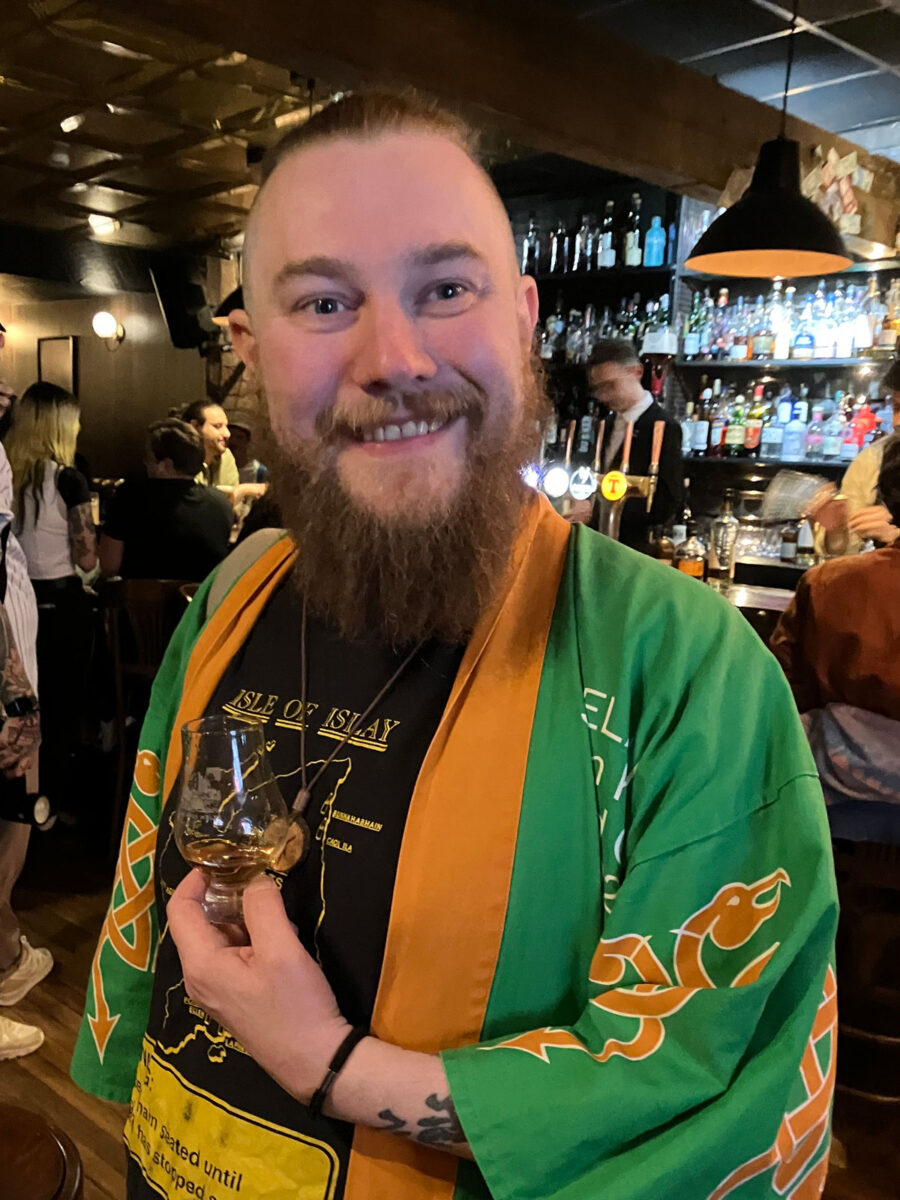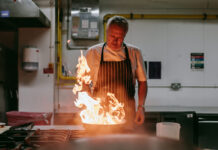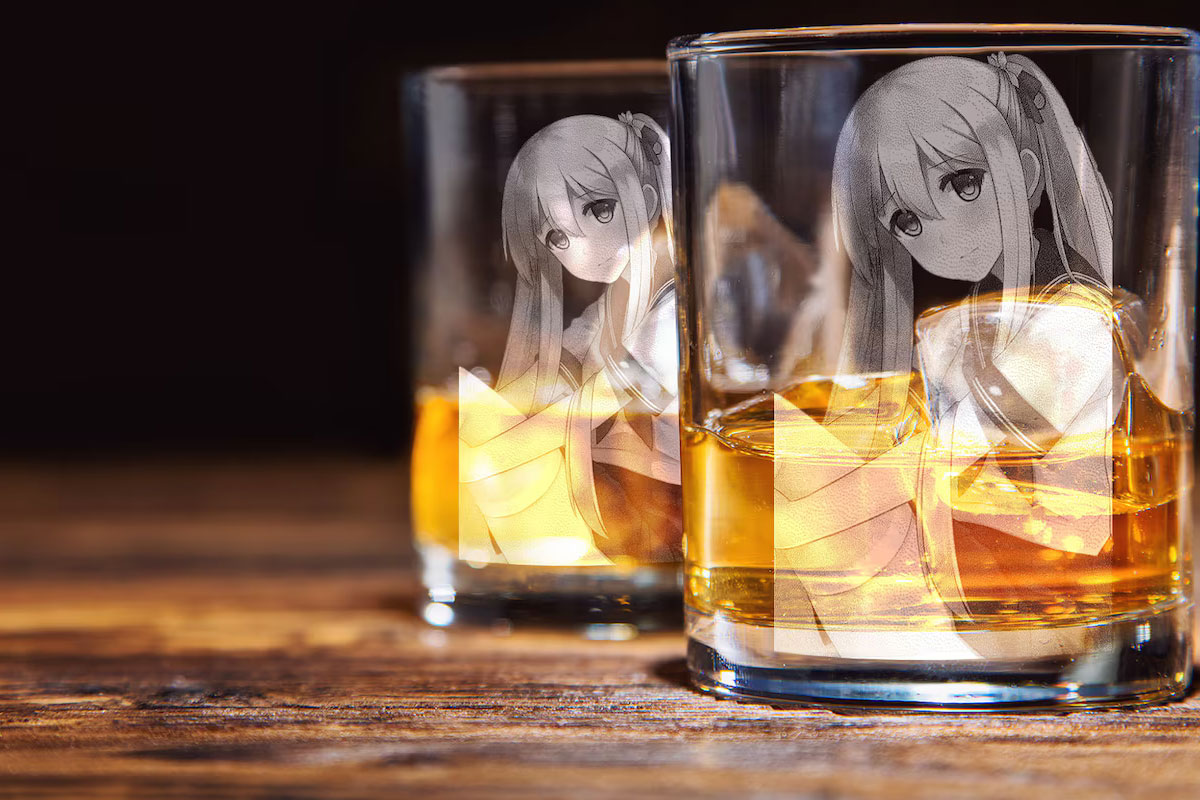
By Andrew Dowson /@whisky__daddy
Anime is one of the things I am passionate about alongside whisky, which seems like an odd way to start a whisky column for SLTN but here we are!
The reason I bring it up is firstly that anime is a huge part of pop culture, with a wealth of memes and references to stop our dear editors having to put things into AI image generators and create unholy abominations – of which anime is perfectly capable on its own.
The other reason is that it gives me a perfect reason to delve into Japanese whisky, which has now grown into a huge market share of global whisky and one that a lot of people begrudgingly admit ‘is quite nice actually’.
Japanese whisky might seem like a world away from Scotch whisky but they are actually close cousins. The entire enterprise of Japanese whisky came from one man, a Masataka Taketsuru of Hiroshima.
The son of a sake brewing family, he made his move to Scotland in 1918 to learn how to make whisky, firstly by studying organic chemistry at Glasgow University. He then continued his education in April 1919 at the Longmorn distillery in Strathspey before moving to the now closed Bo’ness distillery.
He was lodging with the Cowan family in Kirkintilloch and married their daughter Rita in January 1920, despite both families’ protestations, and moved to Campbeltown. In May 1920 he finalised his apprenticeship at the Hazelburn distillery, which had just been purchased by Mackie and Co., the then owners of Springbank.
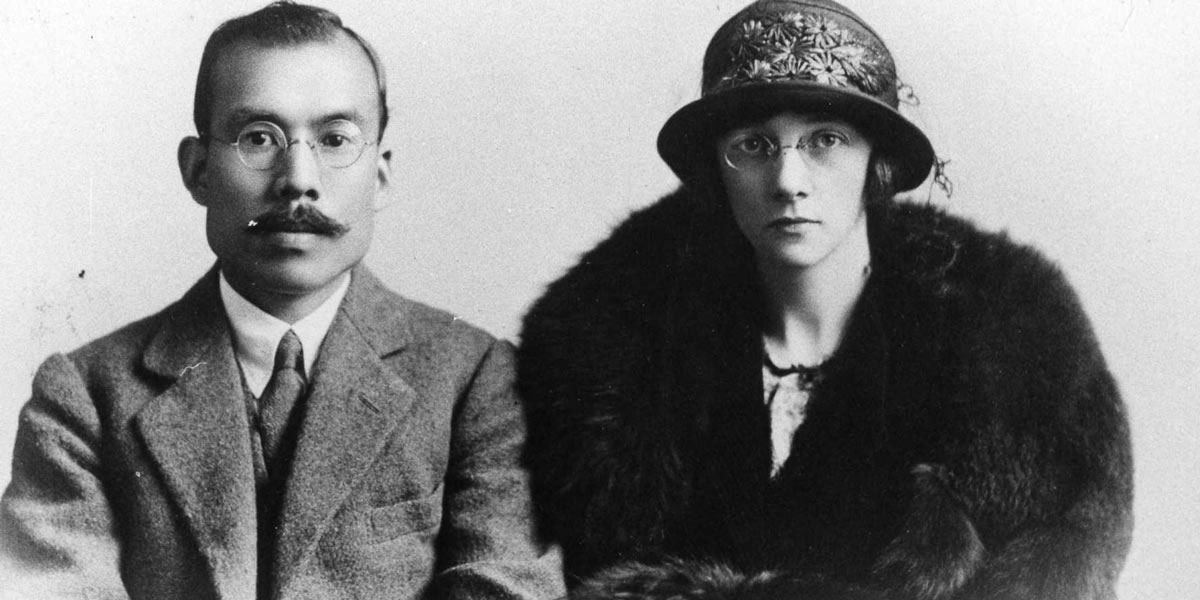
Whisky education complete, he moved back to Japan and this is where Taketsuru-san started to help Kotobukiya, the company that would later become Suntory, found Japan’s first whisky-producing distillery.
Fun fact: the first distillery in Japan was technically the White Oak Distillery in Eigashima, which was granted a distillery licence in 1919 but didn’t produce whisky until the 1980s, so Suntory’s Yamazaki distillery, which produced its first whisky in 1923, has the honour of being Japan’s first whisky.
After his 10-year contract with Suntory finished, Taketsuru set up the Dai Nippon Kaju K.K. company in Yoichi, Hokkaido, which is the northernmost island in Japan. His reason was that the climate was most similar to Scotland and that would produce the best results.
The company was later renamed Nikka and produced its first whisky in 1940. To this day, Suntory and Nikka remain Japan’s two largest distilling companies, and it all started in Glasgow.
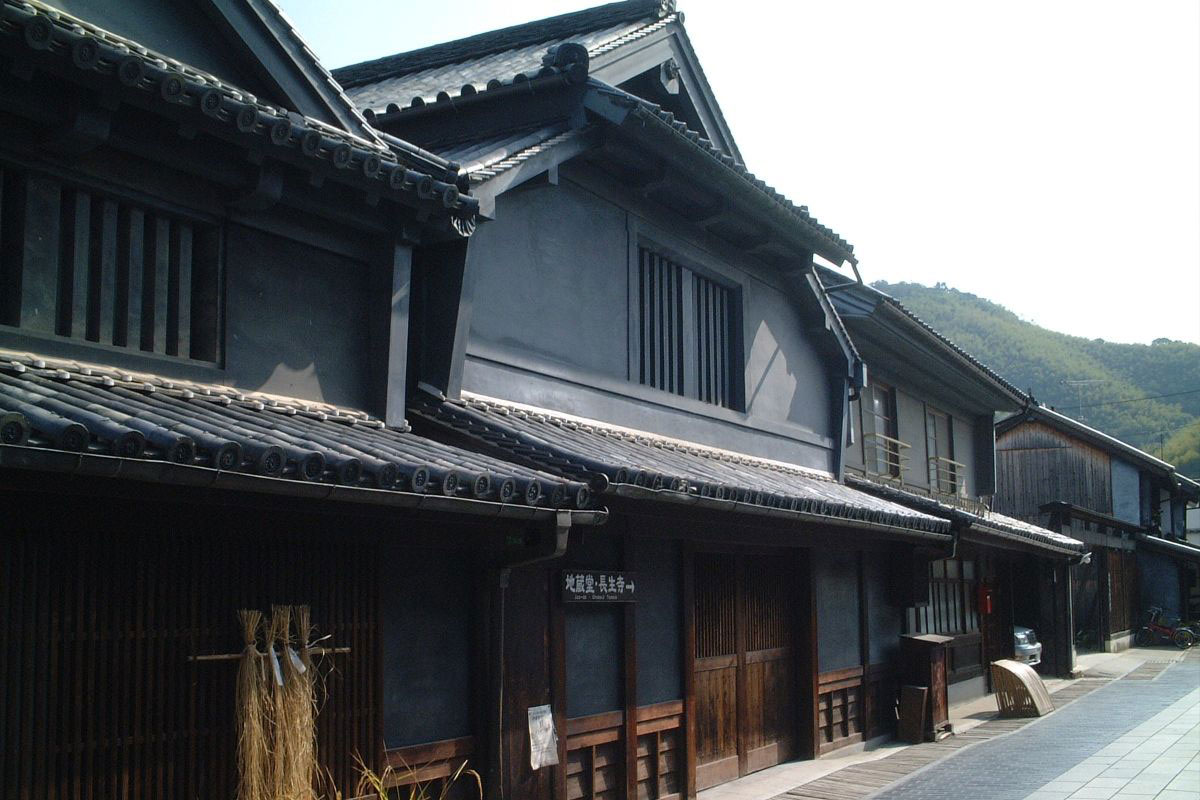
Nowadays in Japan you will find 44 different distilleries; not quite as many as Scotland’s near-150 distilleries, but still a huge growth from a country that made its first whisky just over 100 years ago!
One other major difference with Japanese whisky and Scotch is the use of Mizunara casks, which Scotch does use but nowhere near as much, partly due to the fact that it is a Japanese-native oak (Quercus Mongolica var. Crispula) and so was much more readily available to Japanese distillers than sherry and bourbon barrels that would be more commonly used in the production of Scotch.
Mizunara oak is known for its ability to produce a wide range of flavours not inherently found in Quercus Alba (White American Oak) or Quercus Robur (European Oak) although this does come with a trade-off – Mizunara has a tendency to twist as it grows, making it rather knotty, creating issues for stave production as knots will come out and the only hole in a barrel should be a bung hole!

The wood itself is also quite porous which in one sense is good as it allows more interaction between the wood and whisky but it does also make it more prone to leakage, which of course impacts the final outturn.
Additionally, the oak has to grow to around 200 years old before it can be felled, which is almost double the time of what American Oak takes to mature and be felled. All these factors play into the fact that Mizunara oak has a fantastic influence on the final taste of the whisky but is hard to work with and has limited supply so it may come with a bit of a price tag.
The opinion of Japanese whisky, and I suppose Japanese culture in general in the Western world, seems to be one of perfectionism, finesse and accuracy. Doing something meticulously and in painstaking detail is definitely part of what makes the Japanese whisky industry successful but the same can be said about Scotch as well.
So much trial and error as well as choosing the right cut points, the right casks, the perfect warehousing temperature and humidity, the right fermentation time… all these things are crucial in the production of whisky.
So next time you are going for a whisky, don’t shy away from Scotch’s cousin in Japan – try it neat, or jump into Japan’s highball culture and have it with some soda. Or even better try a Scotch highball and enjoy the best of both worlds!
Slainte mhath and kanpai!
